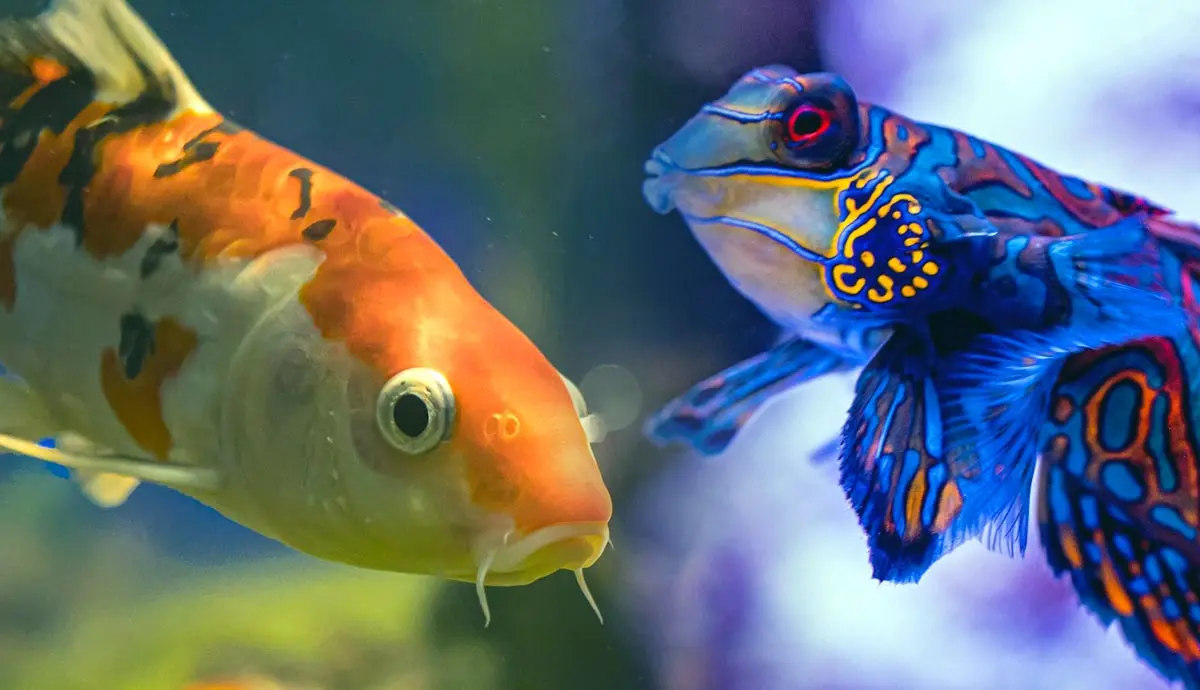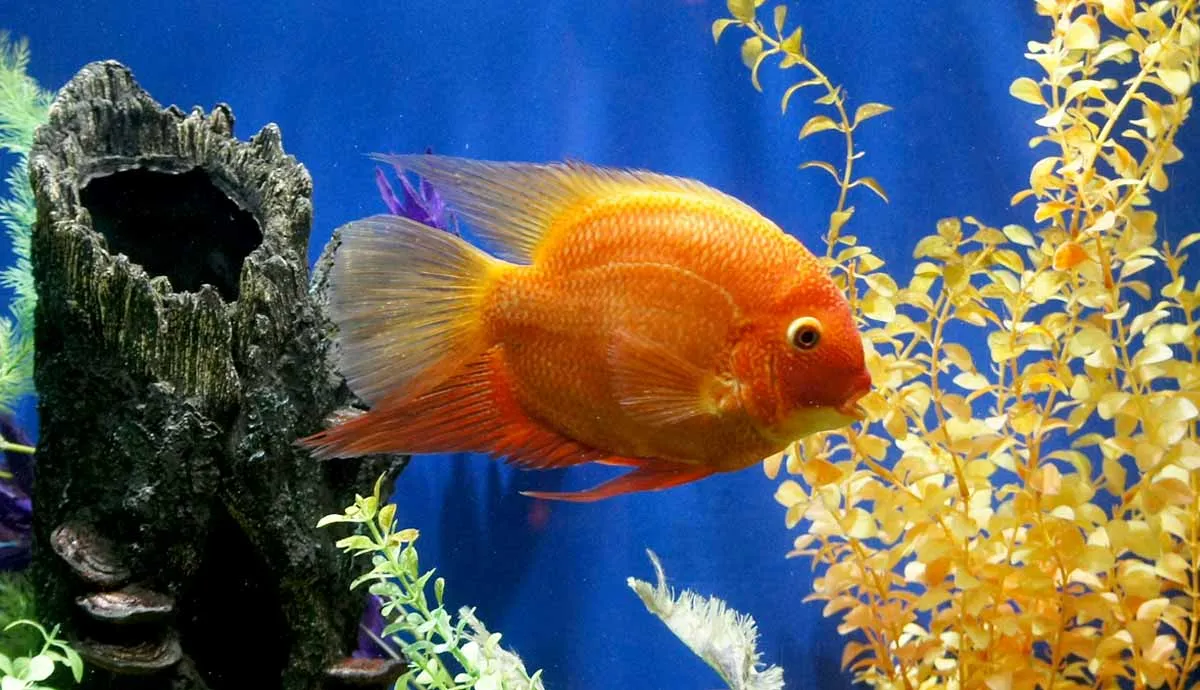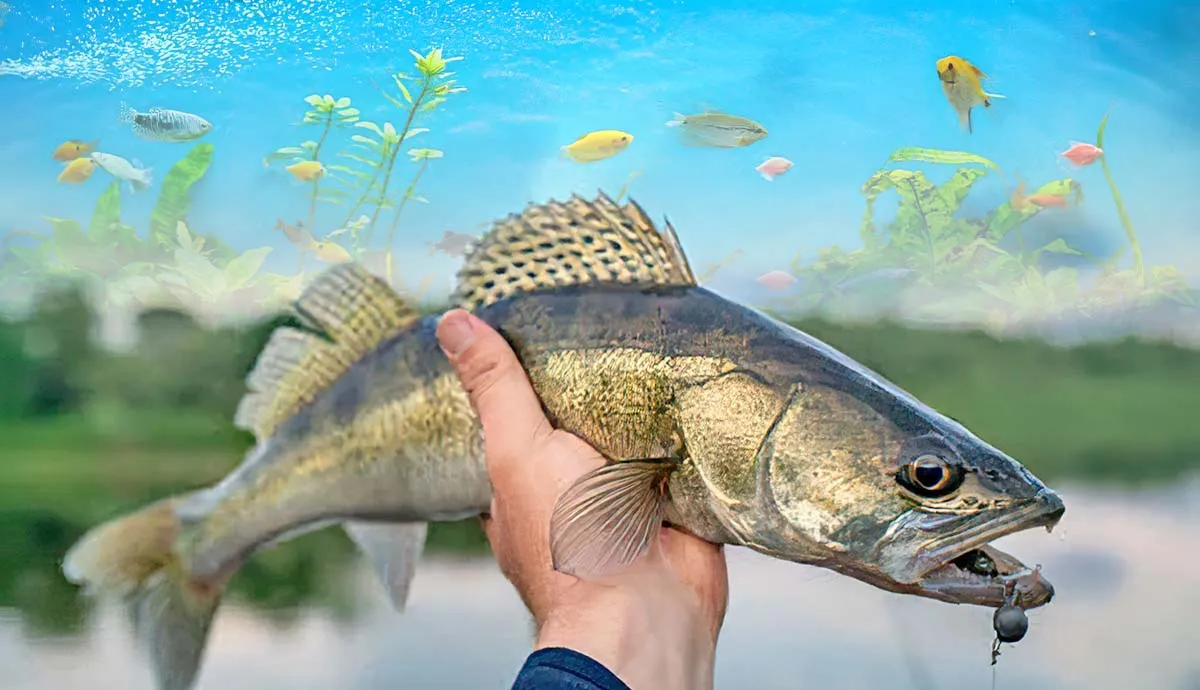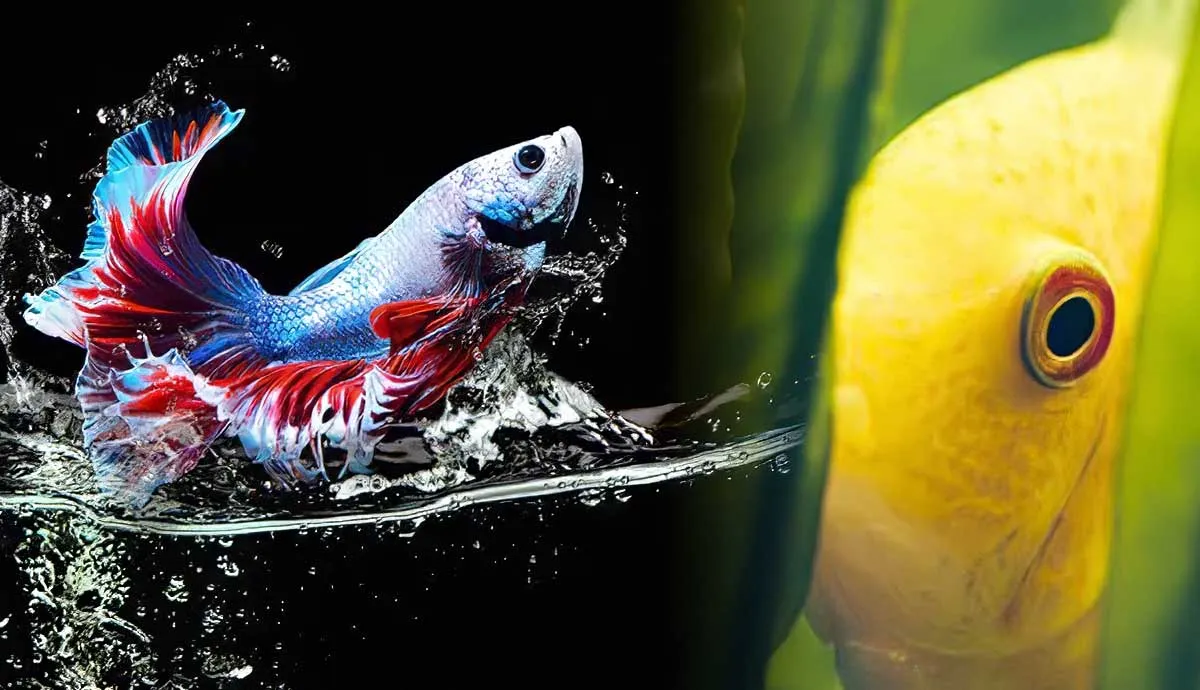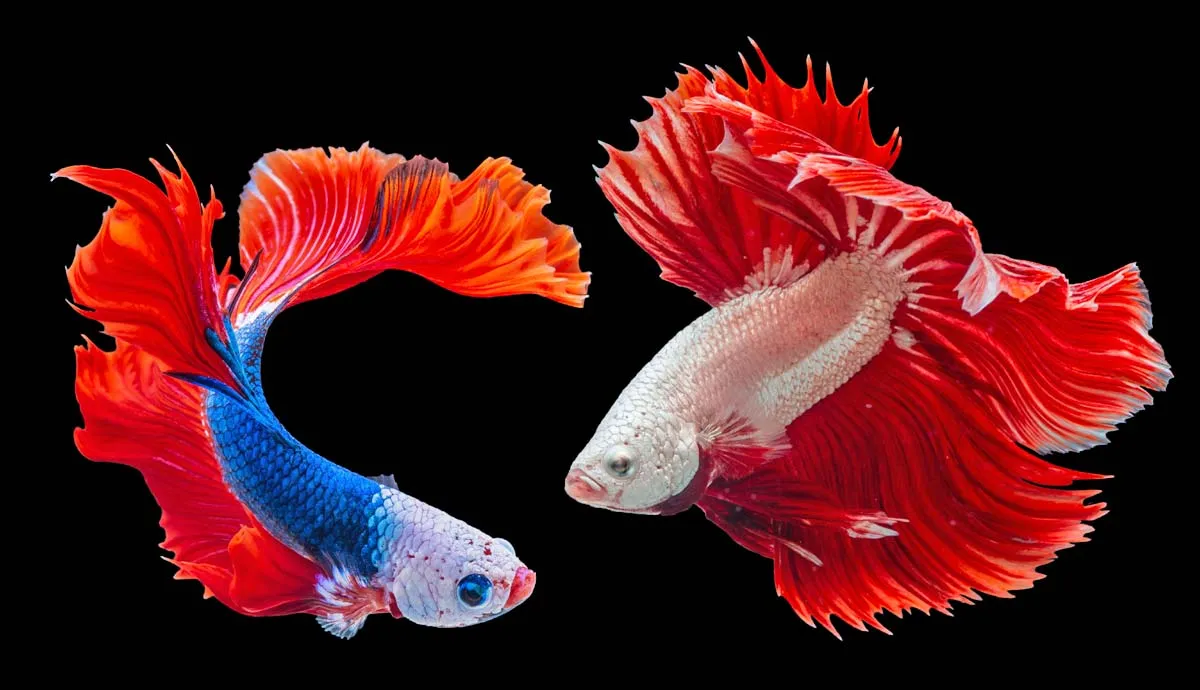We keep fish as pets because they’re colorful and relatively easy to care for.
But did you know that most fish change color as they grow older? They also change color as a survival tactic; changing colors helps them blend into the environment and escape predators.
Some pet fish that change color even communicate through color alterations, which I’ll discuss below, so let’s jump right in!
Pet Fish That Change Color
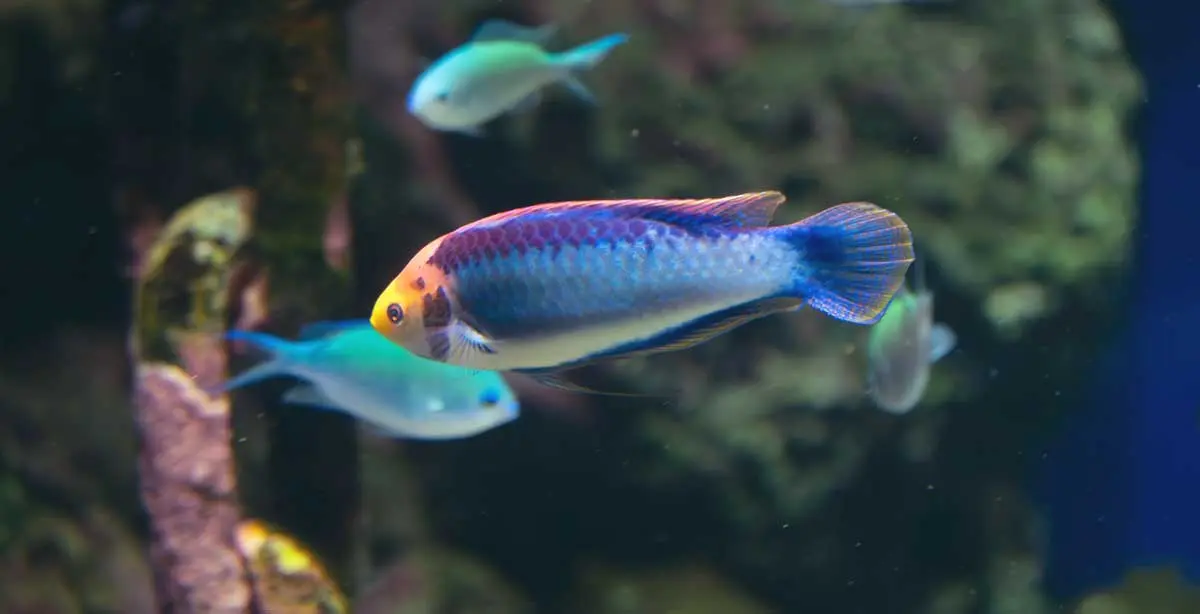
Most fish enthusiasts prefer tropical fish because of their bright colors, which can tell us how they feel. For instance, a sick or stressed fish might appear dull, but fixing the issue can bring back vibrant colors.
Alternatively, fish can change colors depending on their mood; some get darker after a fight. But not all fish can alter their appearance. Here’s a list of pet fish that change color for various reasons:
1. Goldfish
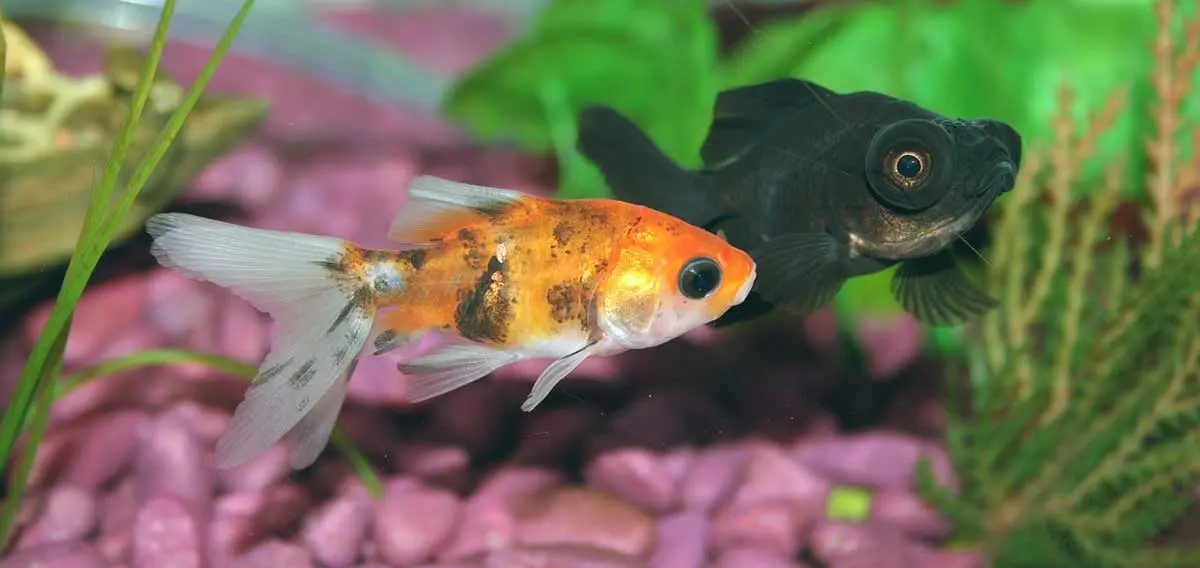
Goldfish make great pets because of their peaceful nature and stunning colors. They’re also one of the best freshwater tank cleaners.
However, what’s most interesting about them is that they change colors. This usually happens because of age, diet, and surroundings. Simply put, they can’t change colors as they please.
For instance, some may experience discoloration as they grow older. Changes in water quality and light exposure can also influence the intensity of their colors.
2. Betta Fish
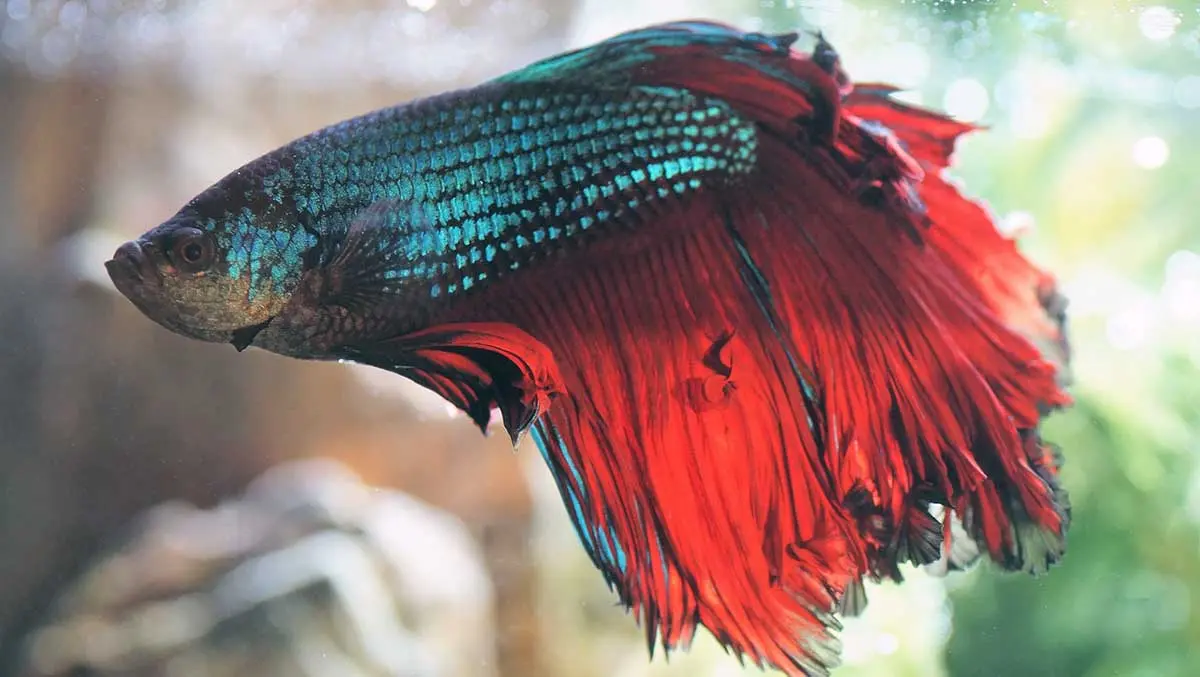
Bettas aren’t only colorful but also beginner-friendly fish breeds.
However, they aren’t short-term commitments, as many people think; that’s just one of the misconceptions about betta fish.
These creatures have unusual fin shapes that steer away from basic fish anatomy and can change color based on their health, mood, and environment.
For example, stress can temporarily make your betta fish look duller. Luckily, you can restore their colors by providing a well-maintained aquarium and a proper diet.
3. Koi Fish
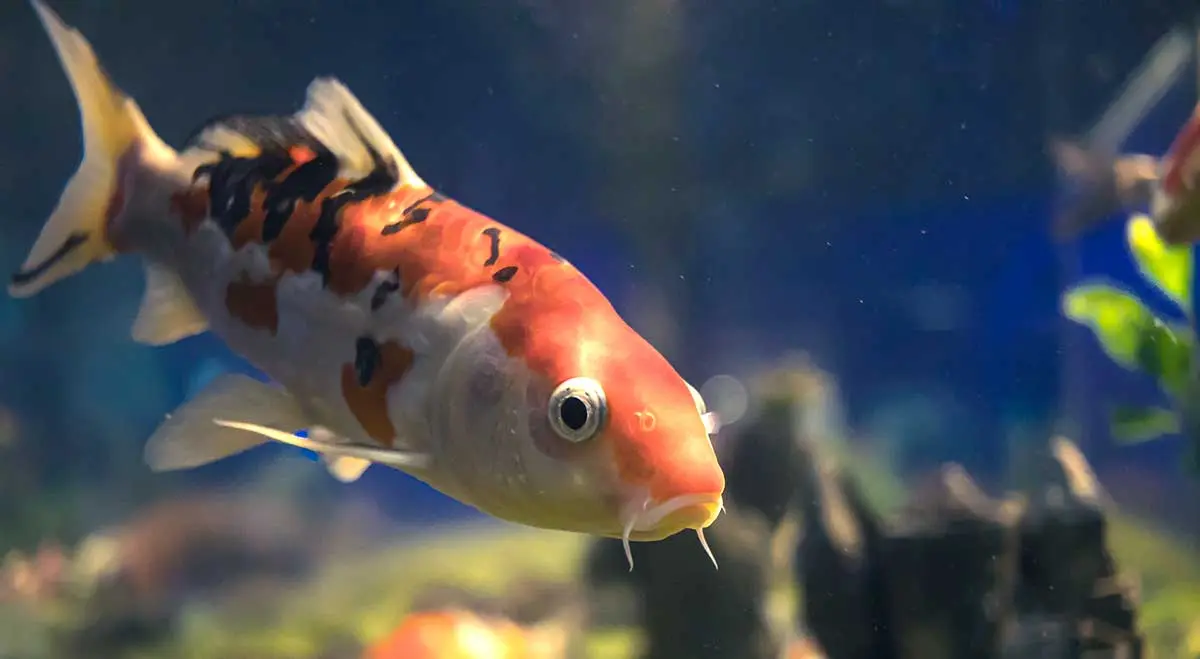
Koi fish, like most fish on this list, have vibrant colors, but they don’t change drastically over time. Instead, their beautiful colors may become more vibrant and defined as they grow older.
The good news? You can enhance the colors of your koi fish by providing a proper diet and a well-balanced freshwater aquarium.
4. Flashing Tilefish
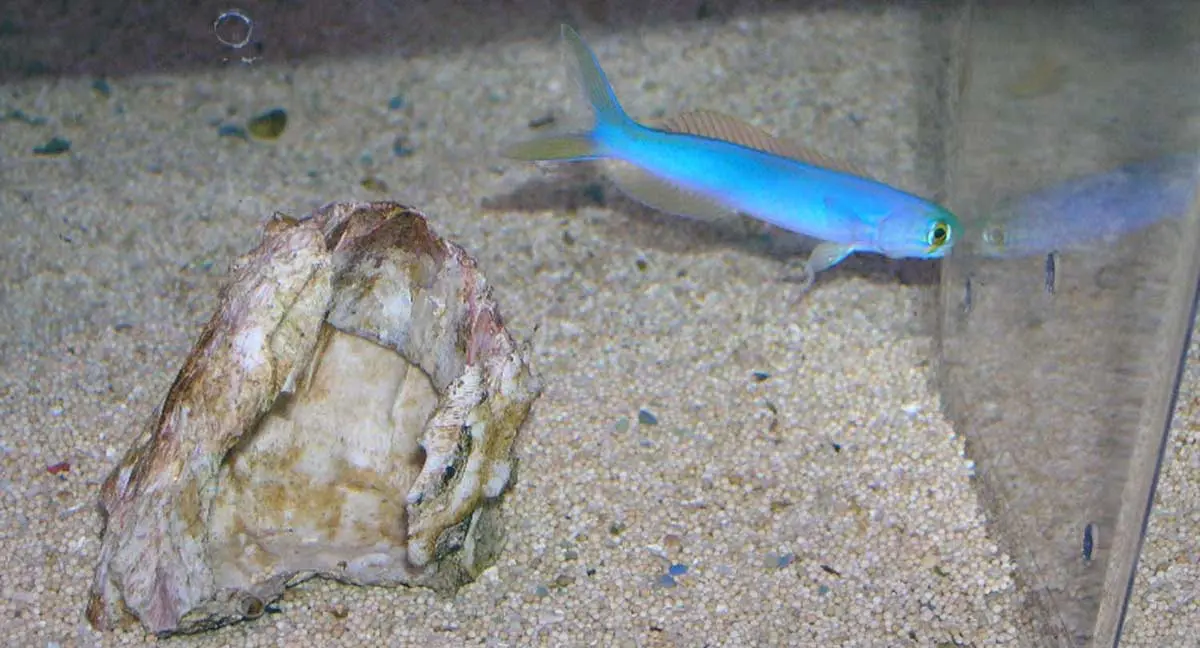
Unlike most fish species on this list that change color gradually because of age, diet, and other factors, the flashing tilefish can change colors rapidly with the help of special parts at the edges.
This reef fish flips between yellow, blue-green, and pink and usually looks pinkish-blue-green. Experts suggest that excitement and fear can explain strange fish behaviors like this one.
However, there’s a lack of studies on this matter, so we can’t pinpoint the exact reason.
5. Gobies

These small and really colorful pet fish species can make your aquarium more vibrant with their diverse looks.
Generally, gobies don’t experience rapid color changes like some other fish, but they have unique colors that can vary between species. However, some might experience color changes due to age, gender, surroundings, etc.
6. Groupers
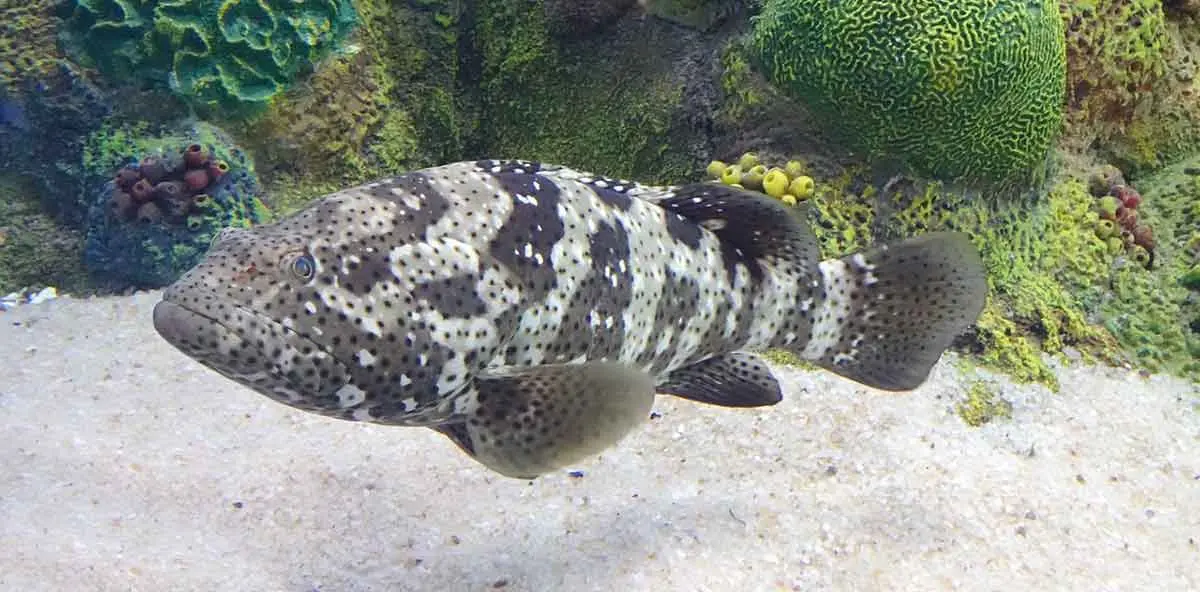
These ocean creatures come in various colors and sizes. Therefore, they can diversify your new aquarium. Unfortunately, they can’t change colors regularly, but their look can be affected by their mood and environment.
You can ensure the vibrancy and health of your groupers by providing a suitable habitat with proper care and diet.
7. Mandarinfish
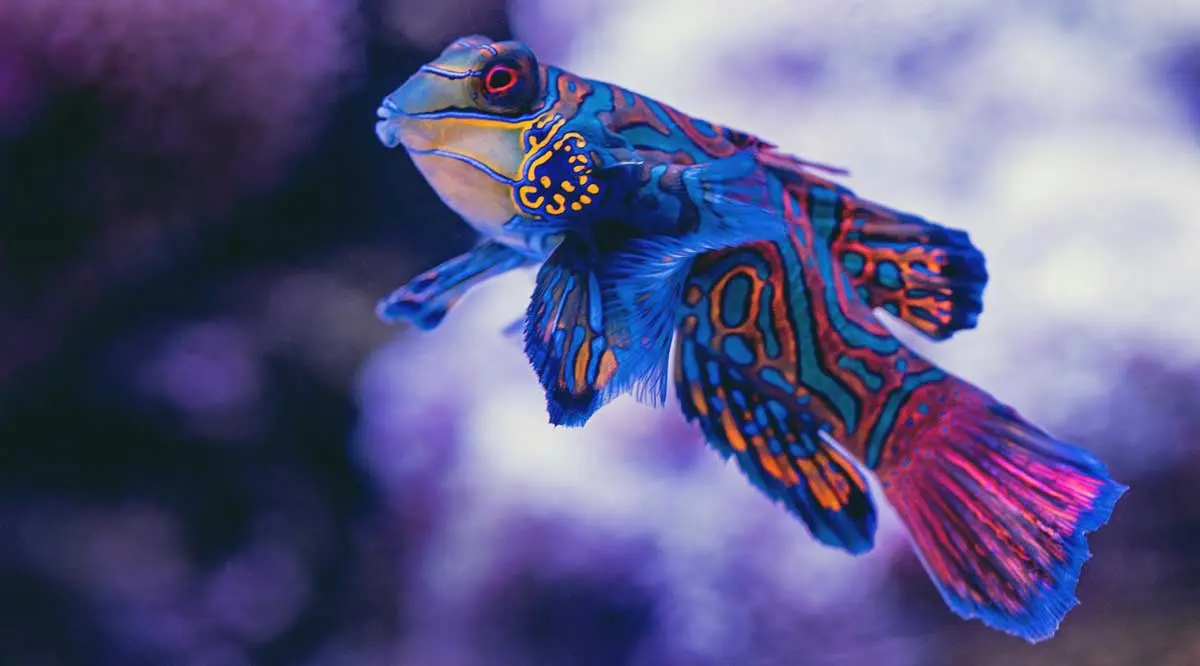
If you’re looking for unique fish, look no further than Mandarinfish. Native to the Pacific, they feature blue, orange, and green patterns, making them popular among fish lovers.
They can’t change color, but the intensity of their color depends on health, mood, and environment. In aquariums, mandarin fish can thrive when well-fed in a suitable setting with clean water.
Interesting note: Fish can form bonds with humans, so proper care of your fish could result in a long-term friendship.
8. Leaf Scorpionfish

The leaf scoprionfish is truly unique!
These creatures have special cells in their skin known as chromatophores that enable them to change their colors when necessary. They change colors to blend in with their surroundings, camouflaging themselves from predators or ambushing prey.
Interesting note: They often mimic dead leaves for camouflage, hence their name.
9. Peacock Cichlid

Peacock cichlids can also change color. Their vibrant hues can vary based on their mood, health, breeding status, and the tank environment. Male peacock cichlids often display their brightest colors during courtship and breeding.
Males typically show off their brightest colors during courtship and breeding, but you can also enhance their beautiful colors with proper care and diet.
10. Cuttlefish

Like leaf scorpionfish, cuttlefish have chromatophores, but they go a step further by having specialized skin cells called iridophores and leucophores.
These additional cells enable cuttlefish to manipulate the polarization and brightness of light, making their colors even more impressive. They use their color-changing ability for communication, camouflage, and hunting.
The Bottom Line

In conclusion, fish make fantastic pets, and most of them change color as they grow or as a response to their health, mood, and surroundings. Nonetheless, they can embellish any aquarium with their lively colors, especially if cared for properly.
So, regardless of your choice, remember that with good care, your fish will thrive, and so will their colors.
FAQs
Q: How do the specific color changes in fish like goldfish, betta fish, and koi fish relate to their health or mood?
A: Specific color changes often indicate health or stress levels; for instance, dull colors may suggest stress or illness, while bright colors generally signify good health and well-being. However, the exact meaning can vary by species.
Q: What are the detailed care requirements for ensuring the vibrant colors of these color-changing fish, beyond general statements about proper diet and a well-maintained aquarium?
A: Vibrant colors in fish are usually maintained through species-specific diets rich in carotenoids, stable water conditions tailored to each species' needs, and regular tank maintenance to prevent stress and disease.
Q: How do fish like the flashing tilefish physically change their colors?
A: Fish like the flashing tilefish use specialized skin cells called chromatophores, which expand or contract to change the fish's color. This process is controlled by the fish's nervous system, allowing rapid color changes in response to environmental or social cues.
